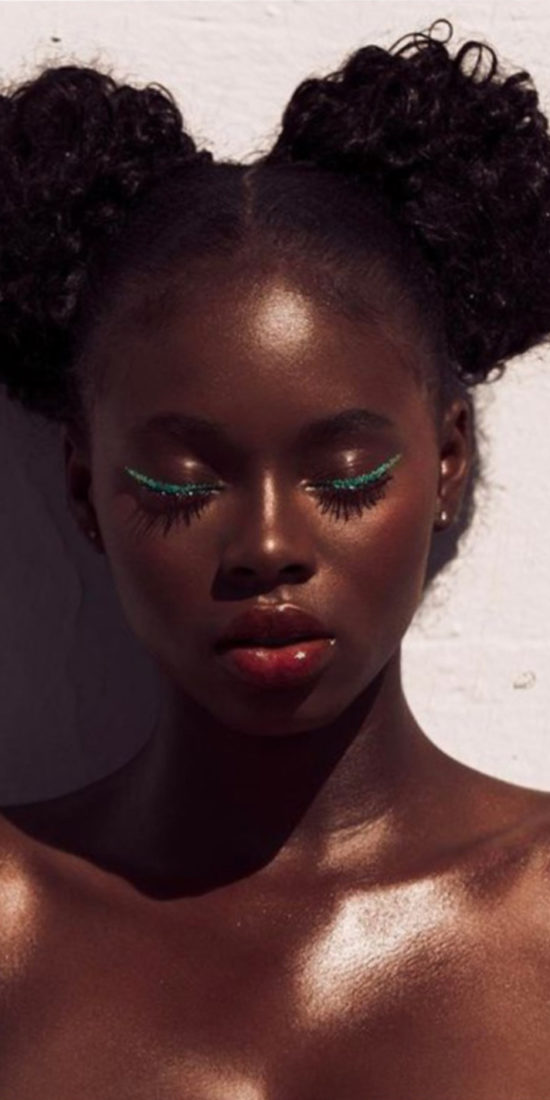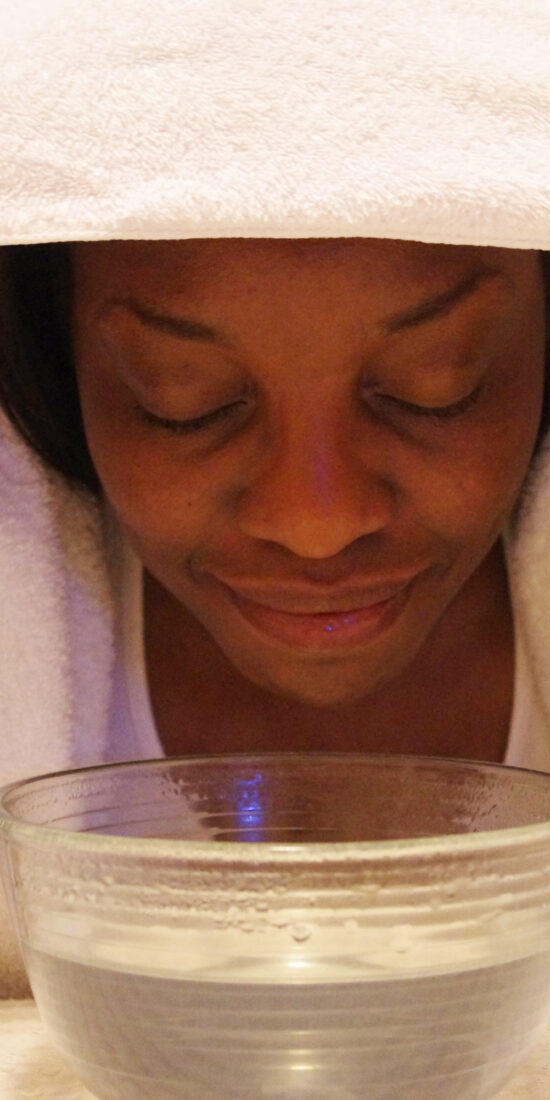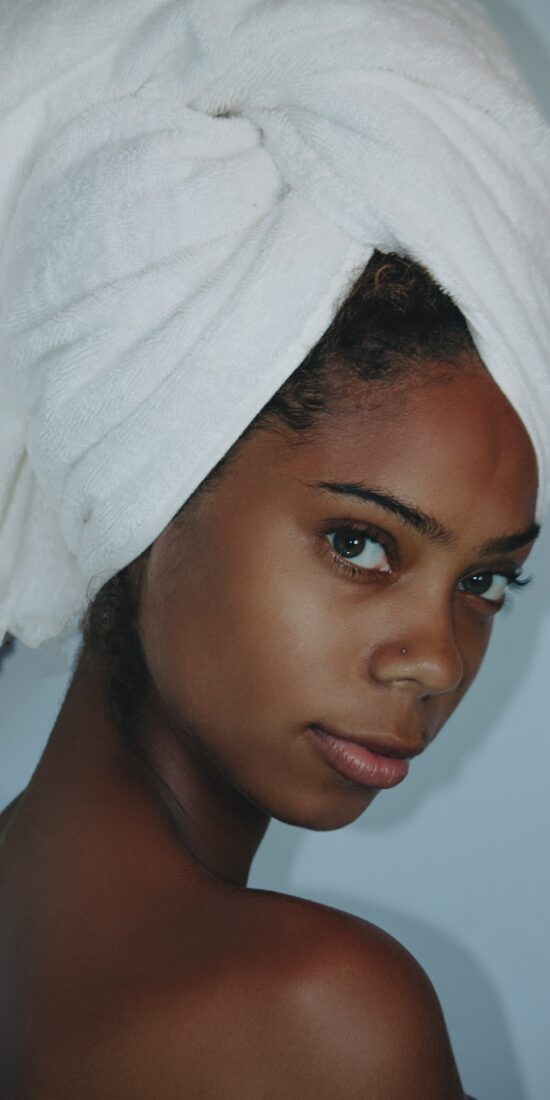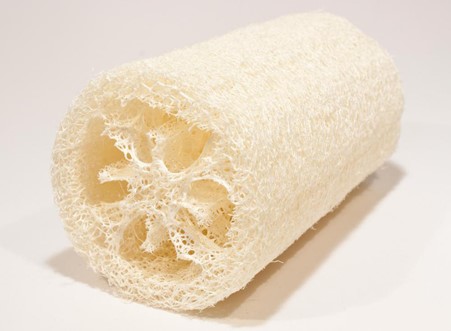
The Luffa / loofah skincare benefits
The Luffa benefits – Used by Pharaohs and Queens of Egypt to soften their skin, luffa (or loofah) sponge known as the vegetal sponge is used in Africa for the hygiene of the body.
What is a loofah and where it come from?
The luffa is a gourd from the Cucurbitaceous family (like cucumbers). It comes from eastern countries in tropical and sub-tropical areas. It is also called “creeper cloth” or “sponge gourd” because its fruit, once dried, gives a natural sponge. This fruit that ripens in the spring is edible and used in Asia and Africa.
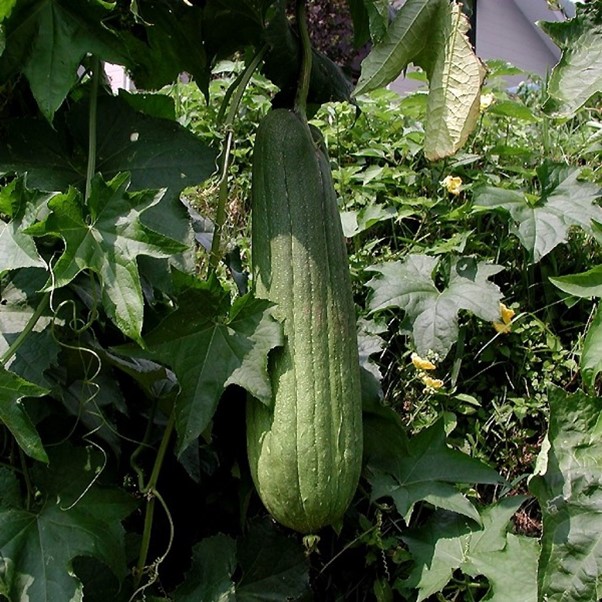
But as soon as it is emptied of its seeds and dried, the luffa becomes a natural sponge.

Egypt produces the best quality with strong fiber and incredible flexibility as soon as it is wet. Luffa from China is less resistant and dissolves slowly in water.
African loofah
In Africa, different names are used to call Loofah: Loofah (in Togo) Asangokan (mean sponge in the Fon and Goun dialect Benin and Nigeria) Oundokoko (in Central Africa), Nâpé (in Wolof, Senegal dialect) and Nâbébé Kofu (in Bambara, the language of Mali).
What are loofahs used for?
Loofahs are used as a natural sponge to clean and exfoliate your skin
The Loofah benefits
The luffa sponge has exfoliating and softening properties by removing dead skin. It stimulates the tissues and promotes blood circulation to drive the dimpling, which reduces cellulite. Your skin will regain its elasticity
The use of the loofah sponge is also ideal to prepare your skin for hair removal. It gently removes hair under the skin. The advantage is that it reduces the unpleasant sensation of “tearing” during hair removal.
When crushed to obtain exfoliating flakes, fibers can be added to a base for exfoliating the face.
The luffa seeds produce edible oil. It is also rich in essential fatty acids; it is then used in cosmetics for its repairing and nourishing functions.
The loofah soap benefits
Loofah can be cut into pieces and included in soaps. Or it can be used with black or Alep soap.
How to use loofah
Wet the luffa glove, and then coat it with soap. Gently scrub your skin with circular movements. Depending on the types of skin, it can be used daily or only 1 to 2 times per week.
If you travel to the region where loofah is produced, you might want to pick it up, here is how:
When can we pick a loofah?
The best is to wait until the loofah is very dry. The skin is brown and wrinkled, hard to the touch. To be sure it is enough dry, shake the loofah like a shaker. The dry seeds will hit the skin of the loofah.
How to pick up and preserve loofah seeds?
This operation is very simple if the loofah is dry. Then just break the skin on the opposite end to the peduncle, and the seeds will fall alone. Then bask the seeds (or gently blow on them) to clean them and put them in a box.
How to remove the skin of the loofah?
Soak the fruit for a few minutes in a basin of water: the skin peels itself. Then press the loofah to remove the few residues of pulp. The water will foam a little, evidence of the presence of saponins



